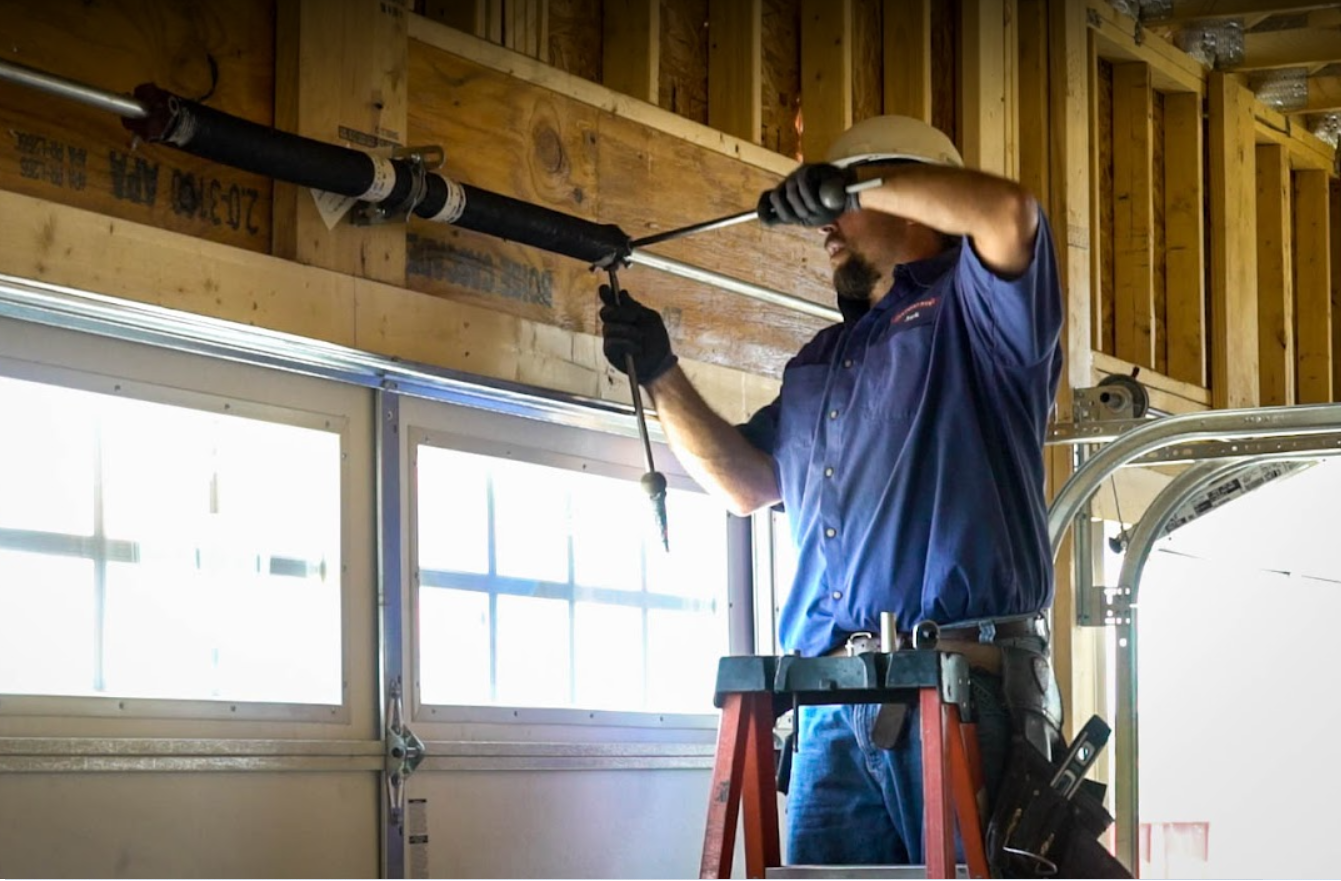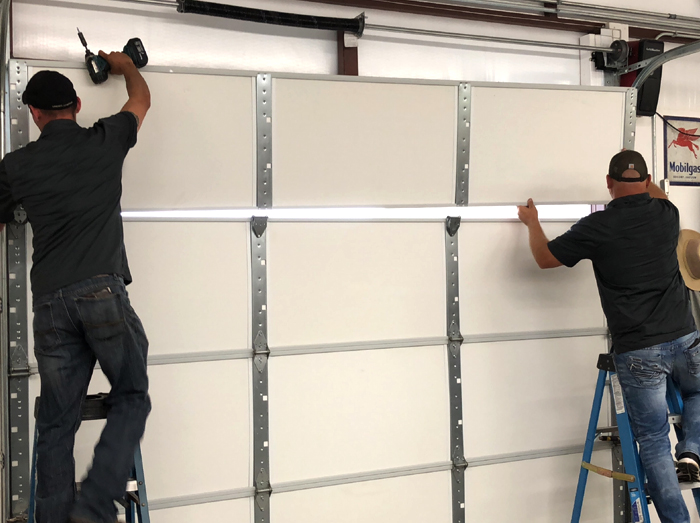Common Garage Door Problems and Exactly How to Take care of Them
Garage doors are essential for both safety and security and benefit, yet they frequently offer a range of common problems that can irritate home owners. While some problems may appear simple to deal with, others may need an extra nuanced understanding of garage door mechanics.
Noisy Garage Door Operation
A noisy garage door operation can be a substantial source of aggravation for home owners, often showing underlying mechanical issues. Such disruptions may stem from various causes, including damaged rollers, loose hardware, or not enough lubrication. Recognizing the source of the noise is vital for efficient resolution.
One common source of too much sound is the visibility of corroded or damaged rollers. With time, these elements can deteriorate, resulting in grinding or squeaking sounds as the door relocations. Regular evaluation and replacement of these rollers can substantially minimize sound degrees. In addition, loosened screws or screws in the door mechanism can produce rattling noises throughout procedure. Tightening up these bolts ensures a more stable and quieter motion.
Another adding element is inadequate lubrication of the door's moving components. Using a high-grade lube to the tracks, springtimes, and rollers can considerably decrease rubbing and noise. Property owners must do this upkeep regularly to preserve optimum efficiency.
Finally, the garage door opener may likewise create sound as a result of its age or mechanical concerns. If the sound lingers in spite of addressing other factors, speaking with an expert for a detailed inspection and possible repair service might be needed.
Door Won't Open Up or Close
Experiencing a garage door that won't open up or close can be exceptionally irritating and often indicates a breakdown within the system. Several factors can contribute to this concern, and identifying the source is essential for effective resolution.

Next, inspect the safety sensors located at the base of the door. These sensing units can come to be misaligned or obstructed by debris, preventing the door from operating correctly. Tidy the sensing units with a soft cloth and ensure they are lined up.
In addition, the garage door's internal elements must be assessed. Problems such as a busted spring, worn-out rollers, or a harmed opener can hamper motion. If any type of elements appear to be damaged, it may be recommended to seek advice from an expert for fixings.
Misaligned Tracks
(Outstanding Quality)Misaligned tracks can significantly disrupt the smooth operation of a garage door, bring about operational failings such as uneven movement or total immobilization. This problem generally arises as a result of a range of factors, including wear and tear, unintended influences, or inappropriate installment. When the tracks are misaligned, the rollers can not relocate freely, which not only strains the motor but additionally postures safety dangers.
If you discover any kind of inconsistencies, it is important to attend to the issue promptly. Meticulously tap the track back right into its proper position making use of a rubber club or a comparable device, guaranteeing it is straight and degree.
Once the placement is fixed, retighten the screws to safeguard the track. For an extra irreversible option, consider reinforcing the tracks with added brackets. Routine upkeep, consisting of cleaning up the tracks and guaranteeing rollers remain in great condition, can stop future misalignments. By attending to misaligned tracks immediately, you can bring back the performance of your garage door and improve its longevity.
Broken Springs
Amongst the numerous elements of a garage door system, damaged springs are one of one of the most typical issues that can dramatically hinder its capability. Garage door springtimes are vital for balancing the weight of the door, enabling for smooth opening and closing. When a springtime breaks, it can bring about a door that is difficult to operate or, in some instances, totally unusable.
There are 2 main kinds of springtimes: torsion springtimes, which are placed over the door, and expansion springtimes, discovered on either side. Indications of a damaged spring include a door that won't open, a noticeable void in the springtime, or a loud sound throughout operation. Attempting to operate a garage door with a broken spring can create more damages to the door or the opener.
Fixing damaged springs is not a DIY project; it requires specialized tools and expertise due to the high tension involved. It is recommended to speak with an expert specialist who can securely change the springtimes and make certain the door is correctly balanced. Regular maintenance and examinations can assist stop springtime failures and extend the life expectancy of the garage door system.
Push-button Control Issues

The very first step is to inspect the batteries right here in the push-button control. Replace them if they are weak or dead. If the remote still stops working to operate, inspect the garage door opener to ensure that its sensors are tidy and unhampered. Dirt, particles, or misalignment may hinder the signal transmission in between the remote and the opener.
Interference from various other digital gadgets can likewise restrain remote performance. Make sure that nearby devices, such as cordless routers or cordless phones, are not triggering disruptions. garage door service. If disturbance is believed, try moving these tools better away from the garage door opener
In many cases, the remote might require to be reprogrammed. Get in touch with the maker's guidelines to reset the remote control and integrate it with the garage door opener. If all else stops working and the remote continues to malfunction, take into consideration getting in touch with a specialist specialist for an extensive evaluation and potential substitute of the remote or opener.
Conclusion
(Your Go-To Provider)In recap, typical garage door issues can dramatically influence functionality and safety. Proactive maintenance and timely repairs can guarantee ideal performance and longevity of garage doors.
 Mr. T Then & Now!
Mr. T Then & Now! Ben Savage Then & Now!
Ben Savage Then & Now! Tiffany Trump Then & Now!
Tiffany Trump Then & Now! Elisabeth Shue Then & Now!
Elisabeth Shue Then & Now! The Olsen Twins Then & Now!
The Olsen Twins Then & Now!